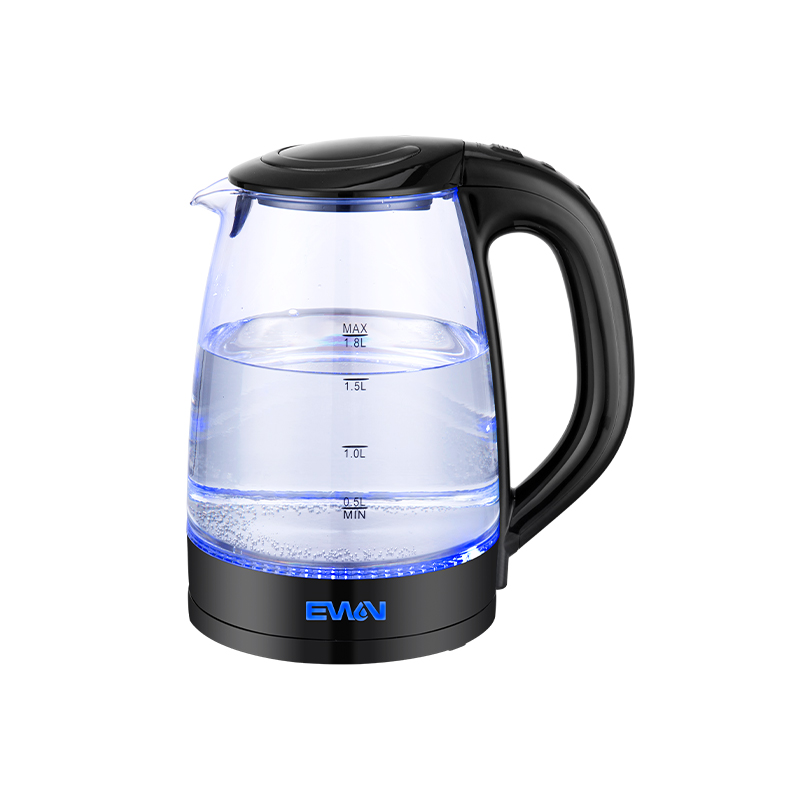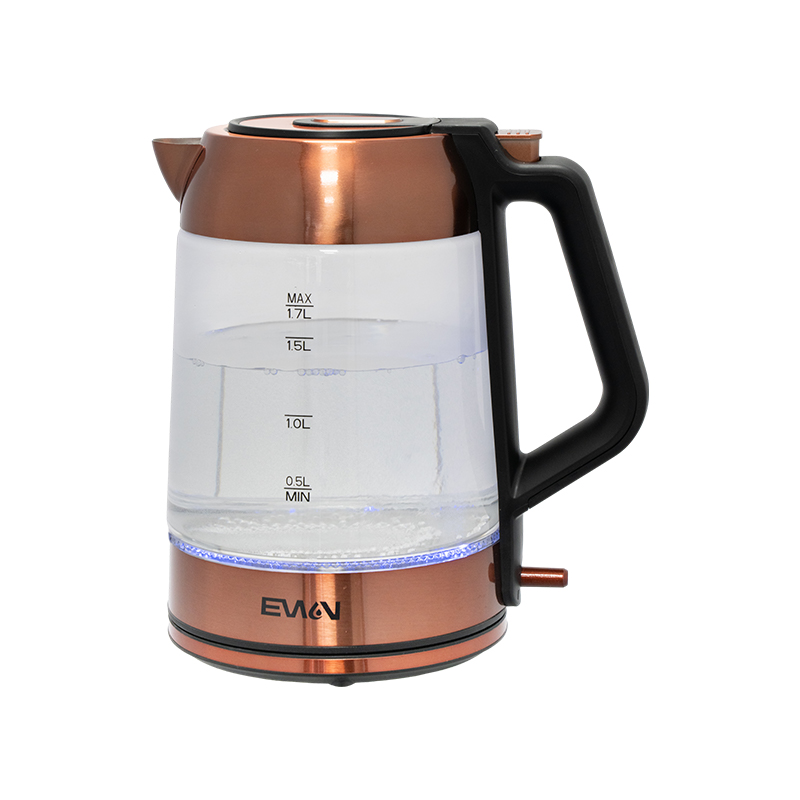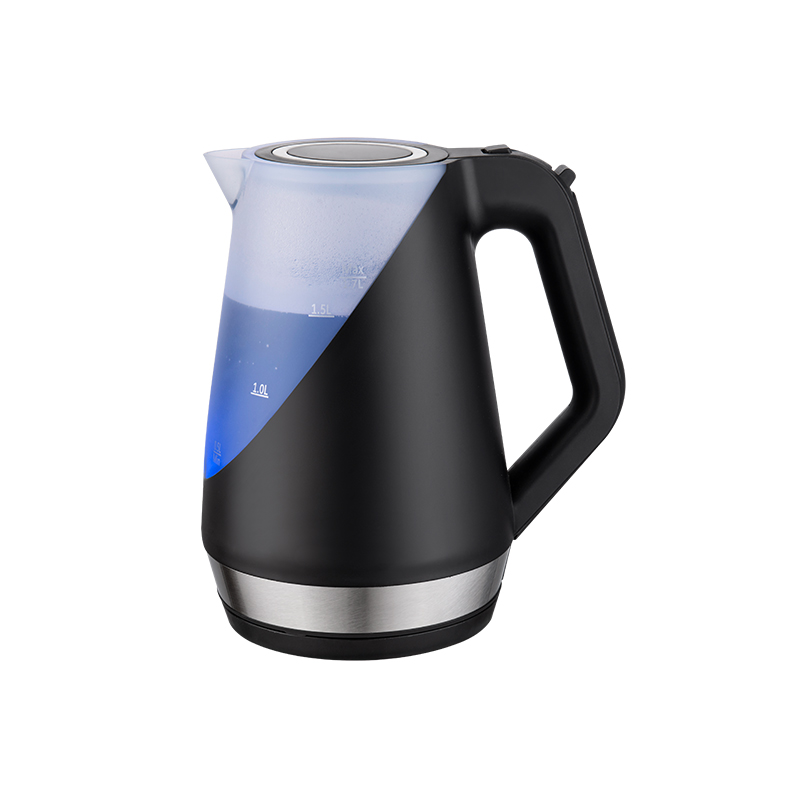+86-18667862027
Web Menu
Product Search
Exit Menu
How does a slush machine consume electricity and perform in terms of energy efficiency?
Working principle and power requirements
The slush machine mainly uses high-speed rotating blades to quickly crush and mix ice cubes and fruits and other raw materials to achieve the purpose of making smoothies. Its energy consumption is mainly concentrated in the motor drive and control system. The rated power of the slush machine ranges from a few hundred watts to thousands of watts. Home models are mostly between 300-800 watts, while commercial models are mostly between 800 watts and 2000 watts or even higher. The power directly affects the machine's operating speed and ability to break ice cubes.
Factors affecting the power consumption of slush machines
1. Equipment power specifications
The power specification is the basic parameter that determines the power consumption. The higher the power, the greater the energy consumption per unit time, but it also means that the processing efficiency is higher and the time required to complete the same task may be shorter, thereby balancing the total power consumption to a certain extent.
2. Frequency and time of use
Power consumption is also related to the time of use. Even if the power is large, if the use time is short, the overall power consumption is limited. Conversely, if the power is low but the operation is long, the cumulative energy consumption may be higher.
3. Workload conditions
When the slush machine is under full load (such as beating ice cubes or harder ingredients), the motor load increases, the power demand will also increase, and the power consumption will increase. When the load is light (such as making smoothies or stirring soft materials), the power consumption is relatively small.
4. Equipment energy efficiency design
There are differences in the design and manufacturing of slush machines of different brands and models. Some equipment uses energy-saving motors, optimized speed design or intelligent control systems, which help reduce ineffective power consumption and improve overall energy efficiency performance.
Specific performance of power consumption
Take a slush machine with a rated power of 1000 watts as an example. If it works continuously for 1 hour, the theoretical power consumption is about 1 kilowatt-hour (kWh). Assuming that it is used for 30 minutes a day, the daily power consumption is 0.5kWh, and about 15kWh in a month (30 days). According to the local electricity unit price, users can estimate the cost of use. The actual power consumption is usually lower than the theoretical maximum value because the slush machine is not continuously running at full load and is used intermittently.
Energy efficiency performance and energy-saving strategies
1. Choose energy-saving motors
Some slush machines are equipped with brushless DC motors (BLDC), which have higher efficiency and lower energy consumption than traditional brushed motors. At the same time, brushless motors have a longer life and low maintenance costs.
2. Use variable frequency speed regulation technology
Controlling the motor speed through the inverter and automatically adjusting the speed and power output according to the load can avoid power waste and improve energy efficiency.
3. Design a reasonable working mode
Intelligent slush machines usually have multiple speeds and automatic modes, which can select appropriate operating parameters according to different ingredients to avoid unnecessary high power consumption.
4. Optimize mechanical structure
Efficient blade design and container structure can reduce stirring resistance, allowing the motor to complete work under lower load, thereby reducing power consumption.
How to reduce the actual power consumption of the slush machine
1. Reasonably arrange the use time
Try to avoid long-term continuous operation, arrange the smoothie making process reasonably, and reduce the idling time of the equipment.
2. Regular maintenance and maintenance
Keeping the blade sharp and the mechanical parts lubricated, reducing the motor load, will help improve operating efficiency and energy saving effects.
3. Reasonable equipment selection
Choose a slush machine with appropriate power according to actual needs, avoid using equipment with excessive power, and reduce unnecessary power consumption.
4. Use energy-saving certified products
Give priority to equipment with energy efficiency certification. Certified products are usually tested for energy consumption and meet energy-saving standards.
Comparison of energy consumption between commercial and household slush machines
Commercial slush machines usually have high power and high power consumption per use due to mass production, but due to high processing efficiency, the total energy consumption to output ratio may be reasonable. Household slush machines have low power, are suitable for short-term use, and have low total energy consumption.
Commercial equipment is mostly equipped with advanced energy efficiency control systems to meet the needs of long-term high-load operation, while household equipment focuses on lightness and low energy consumption.
Future trends in energy consumption management and intelligent control
With the development of the Internet of Things and intelligent control technology, slush machines will use more intelligent sensing and adjustment systems in the future to achieve dynamic optimization of electricity consumption. For example, automatic adjustment of motor speed according to the hardness of the mixing material, load monitoring prompts for maintenance, etc., these functions will further improve the energy efficiency performance of the equipment. Combined with data analysis, users can understand the energy consumption status of equipment in real time, conduct reasonable scheduling and management, and thus reduce operating costs.
address
No.935 Qiye Road, Zhouxiang Town, Cixi City, Zhejiang Province, China
Sale’s Email
leila@nbewin.com
sales8@nbewin.com
sales9@nbewin.com
Copyrighte Ningbo Ewin Electrical Appliances Co., Ltd. All Rights Reserved.












